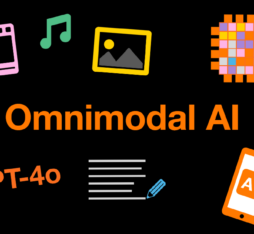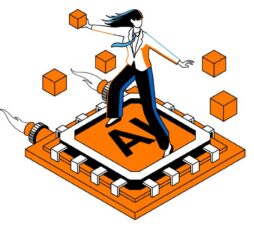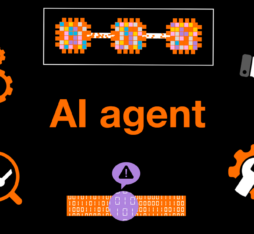“Thanks to its natural language processing algorithms, Canadian startup BlueDot was among the first to issue a warning about the SARS-CoV-2.”
Artificial intelligence (AI) technologies make it possible to spot patterns in large, heterogeneous datasets, and to anticipate certain phenomena. They are also powerful tools for finding solutions to certain global problems that are as urgent as they are complex.
They are being used more and more by government institutions and humanitarian and development organisations at all stages of crisis prevention and management.
AI to improve on-the-ground information during emergency response
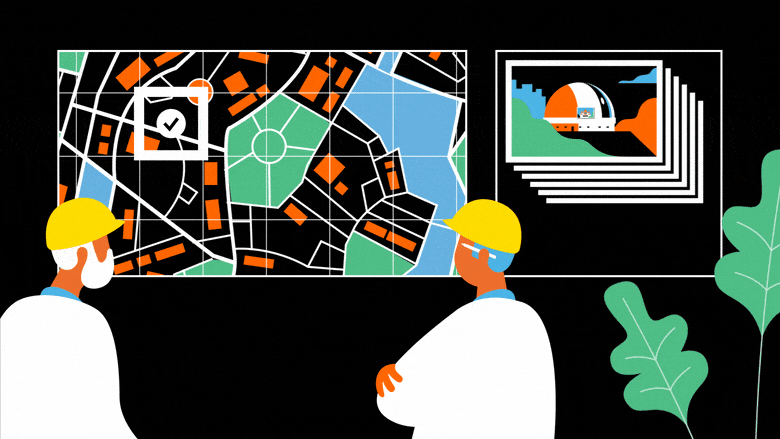
When a crisis occurs, it is essential to have precise, real-time information on the affected area in order to provide a fast and efficient response. Although satellite imagery is a precious tool, the data produced is often difficult to exploit.
Current methods of analysis rely on the work of human experts, who spend days annotating data. In certain regions of the globe, this data simply does not exist.
AI facilitates the production of analyses in much less time and at lower costs than manual analyses. For example, UNOSAT and Global Pulse are developing a deep learning algorithm to help analysts to count and classify structures in refugee camps.
It also makes it possible to compensate for the lack of geographical information in regions of the world that are missing from maps. Launched in 2014 by the American Red Cross, the British Red Cross, Doctors Without Borders and the Humanitarian OpenStreetMap Team, Missing Maps aims to “map the most vulnerable places in the developing world”.
To achieve this, this open, collaborative, humanitarian mapmaking project relies on the contributions of tens of thousands of volunteers who add information to OpenStreetMap.
In order to accelerate the process, Intel has recently joined forces with the American Red cross, providing AI technology that enables identification of constructions from satellite images. Throughout 2019, its data scientists built a computer vision model that was trained to spot bridges, roads, and waterways. This model identified 70 bridges in the south of Uganda that were not accounted for on OpenStreetMap or on the Uganda Bureau of Statistics’ official map.
Computer vision can also improve building damage assessment following a natural disaster. This is the subject, in the United States, of the xView2 Project, launched by the Defense Innovation Unit.
The organisation, founded by the Pentagon to speed-up the adoption of cutting-edge civil technologies in the military, has challenged the international AI community to create models to automate the process.
By way of training data, it has published one of the largest high-resolution public satellite datasets, annotated with the location of buildings as well as damage scores before and after natural disasters.
AI to reduce disaster risk
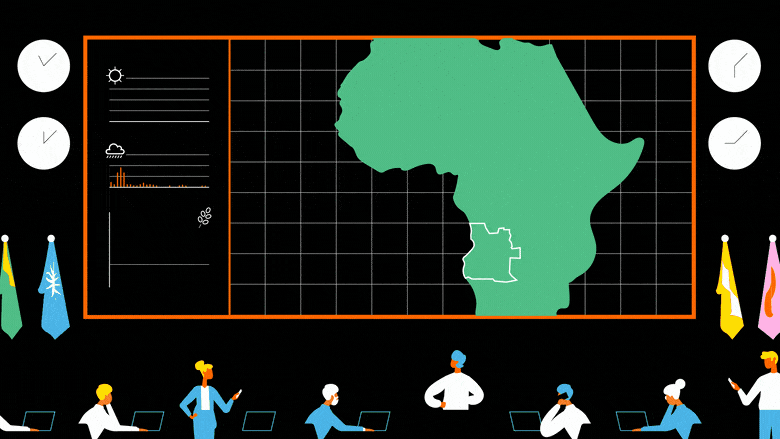
“What if we could help countries avert crises altogether?” Similarly to the World Bank, who launched the Global Crisis Risk Platform in 2018, more and more humanitarian and development organisations are investing in this new approach to detect risks so as to prevent the outbreak of a crisis thanks to technological tools, based on the assumption that prevention makes it possible to save lives and avoid considerable material losses.
The Famine Action Mechanism (FAM) is in keeping with this strategy. The result of a global partnership between the United Nations, the World Bank, the International Committee of the Red Cross, Microsoft, Google, and Amazon, this facility aims to prevent famine thanks to the “predictive power of data”.
The idea is to use AI and machine learning to create early warning systems that are capable of detecting the first warning signs of a food crisis (bad harvests, drought, political instability, inflation, etc.), thus triggering pre-arranged financing and action plans when necessary.
The companies involved have developed a suite of analytical models called “Artemis” that can process large amounts of data from a variety of sources to predict the risk of worsening of food crises in real time.
The Global High-Resolution Atmospheric Forecasting System (GRAF) provides another example of public-private partnership. Launched by The Weather Company, an IBM business, it aims to help institutions, business and populations, in particular in vulnerable areas, to better forecast and respond to extreme weather conditions.
Based on an advanced weather model developed by the National Center for Atmospheric Research (NCAR) and the Los Alamos National Laboratory, IBM GRAF will provide much finer-grained and more detailed weather forecasts than current models.
To make up for the lack of equipment in many regions of the globe and improve the model’s predictive capabilities, it will process a wide variety of data, in particular that from new sources, such as aircraft sensors or smartphones if users decide to share their data.
The fields of conflict prediction and epidemic detection are also being invested by AI. The Water, Peace and Security (WPS) tool, the result of cooperation between six organisations and the Dutch Ministry for Foreign Affairs, makes it possible for example to predict conflicts over water one year in advance thanks to a , a machine learning technique that trains on multiple decision trees so as to improve classification.
For its part, Canadian startup BlueDot has developed an early warning system built on natural language processing algorithms in order to detect and follow the spreading risks of infectious diseases. It was thus among the first to issue a warning on the risk of an epidemic of the new coronavirus SARS-CoV-2.
AI to fight climate change
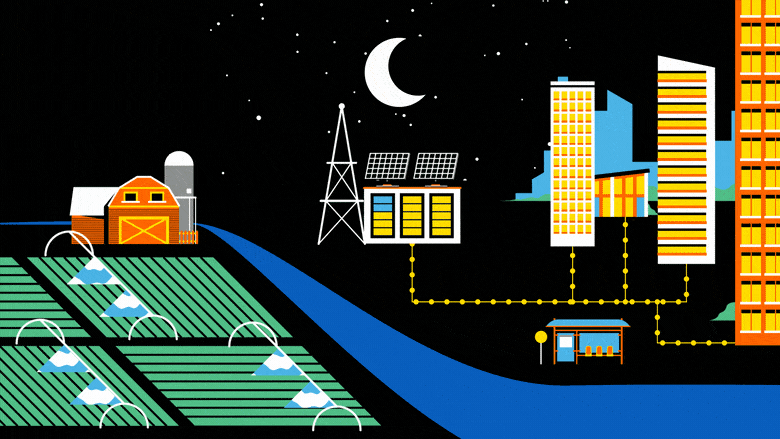
There is a link between climate change and the occurrence of natural or human-made disasters. Reducing the extent of global warming therefore makes it possible to combat the root causes of crises that are affecting populations at an ever-faster rate.
How can AI help reach the “net-zero” Greenhouse Gas (GHG) emissions objective as set in the 2018 Intergovernmental Panel on Climate Change (IPCC) report?
The product of a workshop carried out during the International Conference on Machine Learning in June 2019, the “Tackling Climate Change with Machine Learning” white paper provides some answers.
This document is split into several sections that correspond to the domains in which AI can help reduce GHG emissions. In the energy domain, machine learning can support the energy transition and help reduce the emissions of existing installations. It can, for example, speed up the development of clean energy technologies, improve supply and demand forecasts, or still optimise the management of electricity systems…
Machine learning can also contribute to the decarbonisation of transport. It provides tools to better model transport demand and treat data, linked to traffic in particular, in order to design better adapted infrastructures and transport policies. It can optimise the flow of goods and people or help design more efficient vehicles, etc.
Today, AI appears to be essential in supporting the development of shared mobility, smart transport systems, and autonomous and electric vehicles. It has many other uses, from reducing the energy consumption of buildings and cities to industry 4.0 and precision agriculture.




